SpaceX will use $843M 'space tug' to down International Space Station
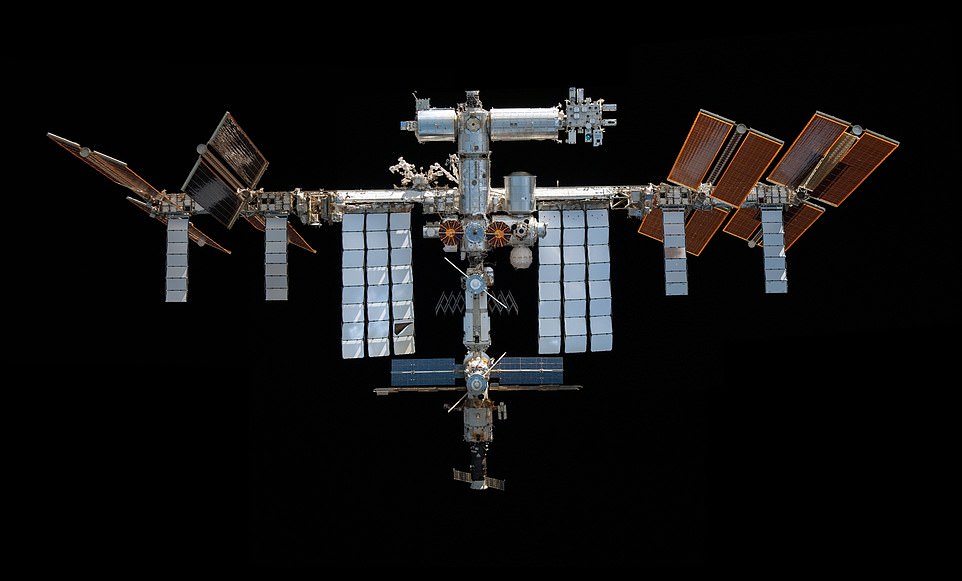
It's been a home for astronauts for nearly 25 years, about 250 miles above the Earth's surface. But the International Space Station is due to be destroyed in 2030, and now NASA has firmed up its plans on how to do it.
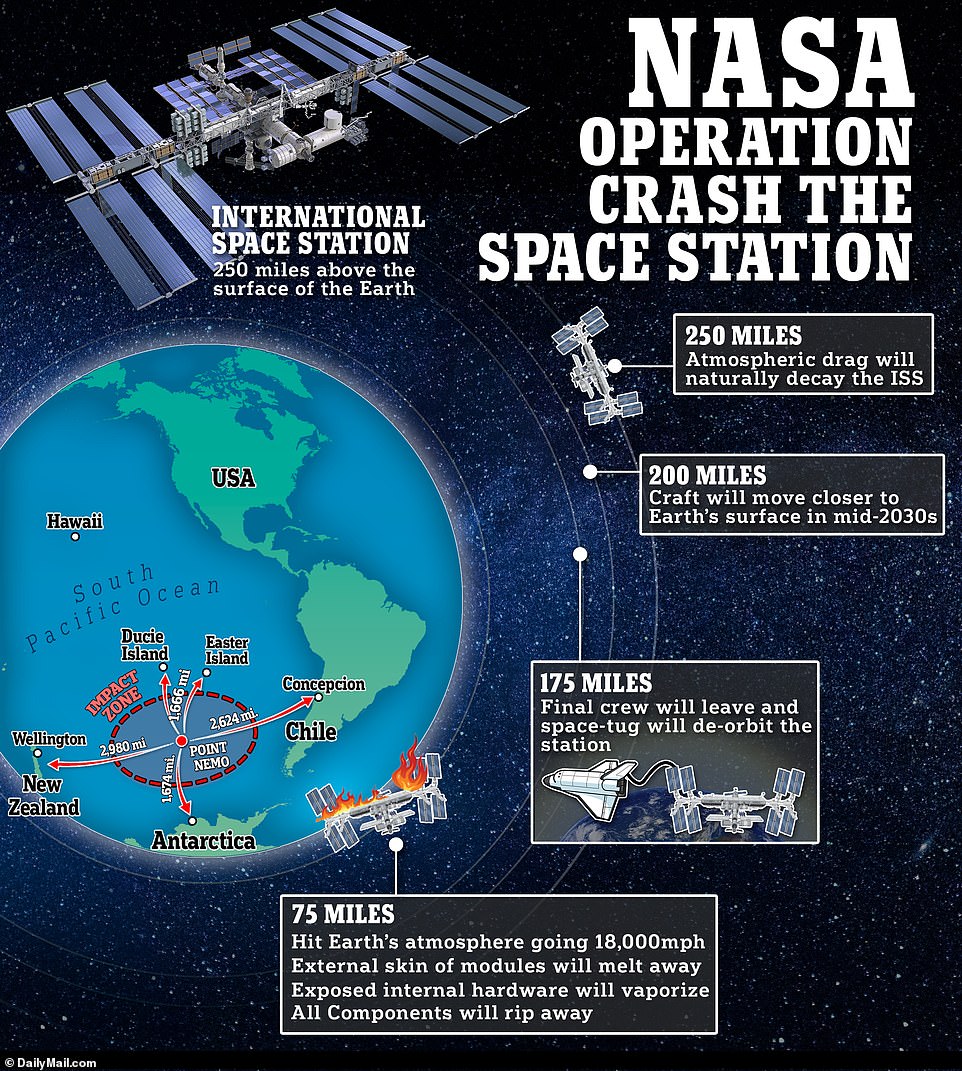
The space agency has selected Elon Musk's SpaceX to build a 'space tug' vehicle that will pull it back down towards Earth. When the two reach Earth's atmosphere they will burn up – but NASA expects the risk of debris raining down on us will be very small.
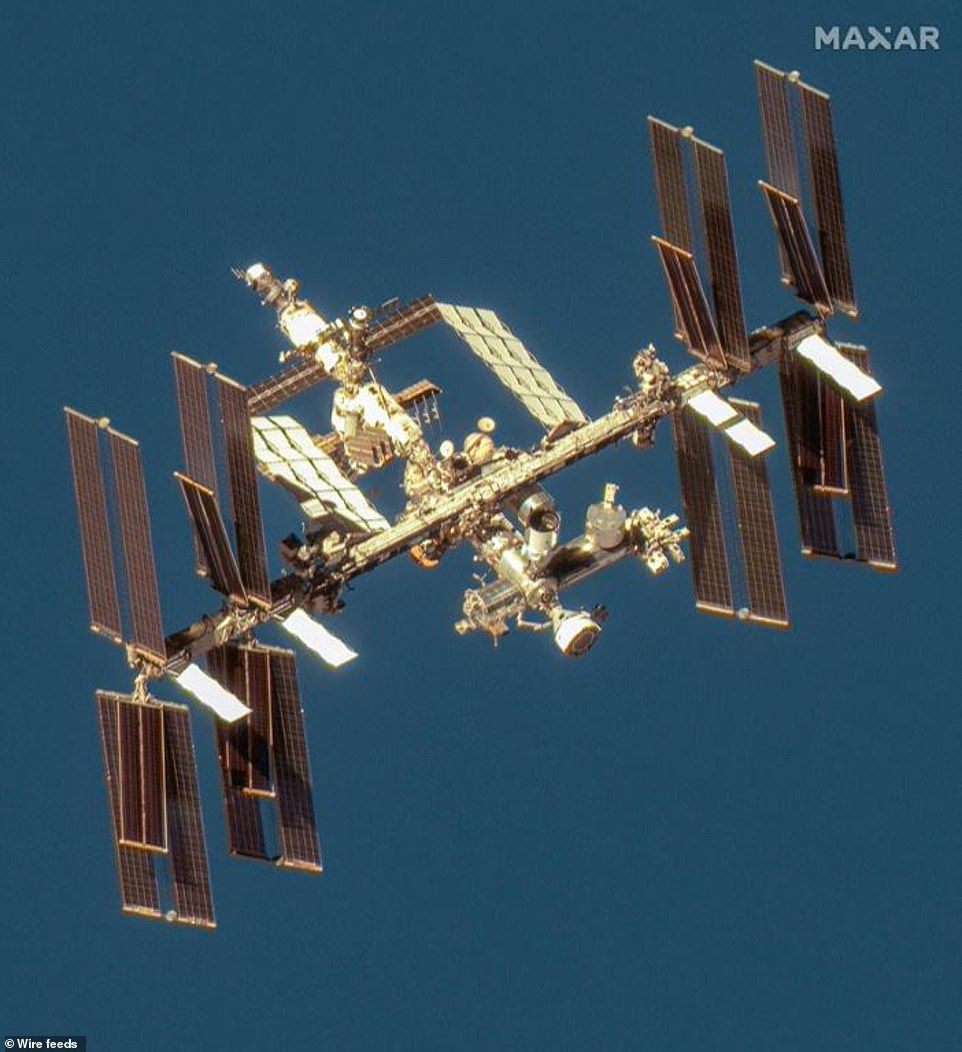
Whatever SpaceX's tugger will look like, it will have to be unmanned to prevent any heroic Hollywood-style astronaut sacrificing themselves. It would be a sorry end to the iconic ISS, which has been an orbiting laboratory and living quarters for astronauts from around the world since 2000.
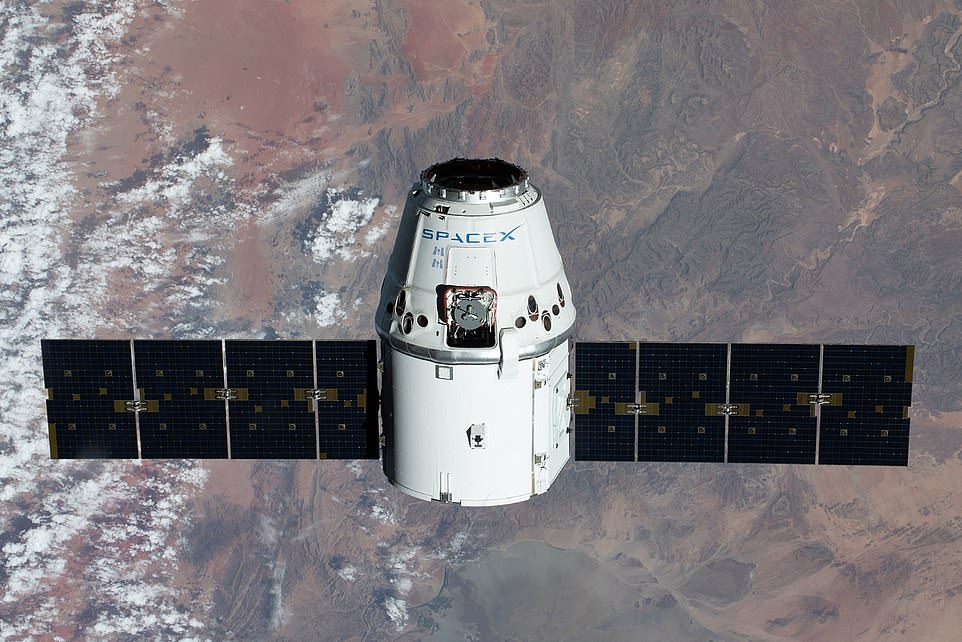
'Selecting a US Deorbit Vehicle for the International Space Station will help NASA and its international partners ensure a safe and responsible transition in low Earth orbit at the end of station operations,' said NASA in a statement. 'While the company will develop the deorbit spacecraft, NASA will take ownership after development and operate it throughout its mission.' SpaceX has been given $843 million (£666 million) to design and build the 'US Deorbit Vehicle' vehicle, which could look similar to its Dragon series that transports crew and cargo.
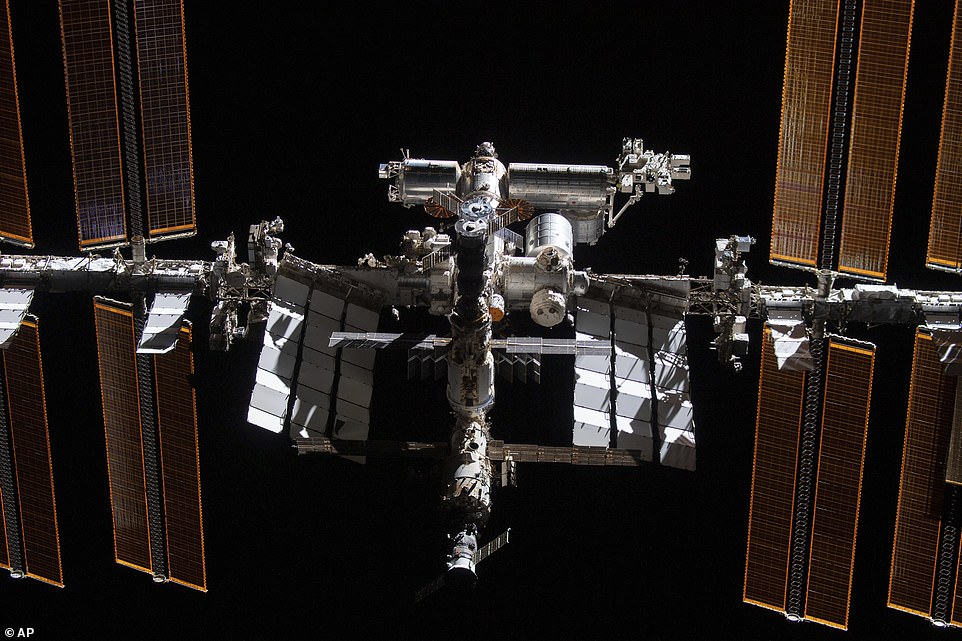
The first step in NASA's plan is to let the ISS begin to 'decay' in its orbit – meaning it'll get naturally get closer to Earth due to our planet's gravitational pull. During this time, the atmospheric drag will reduce the orbit from around 250 miles above the surface to 200 miles – although this will take a few years to happen. In 2030, the crew on the ISS will make the final descent to Earth and bring any crucial equipment with them.
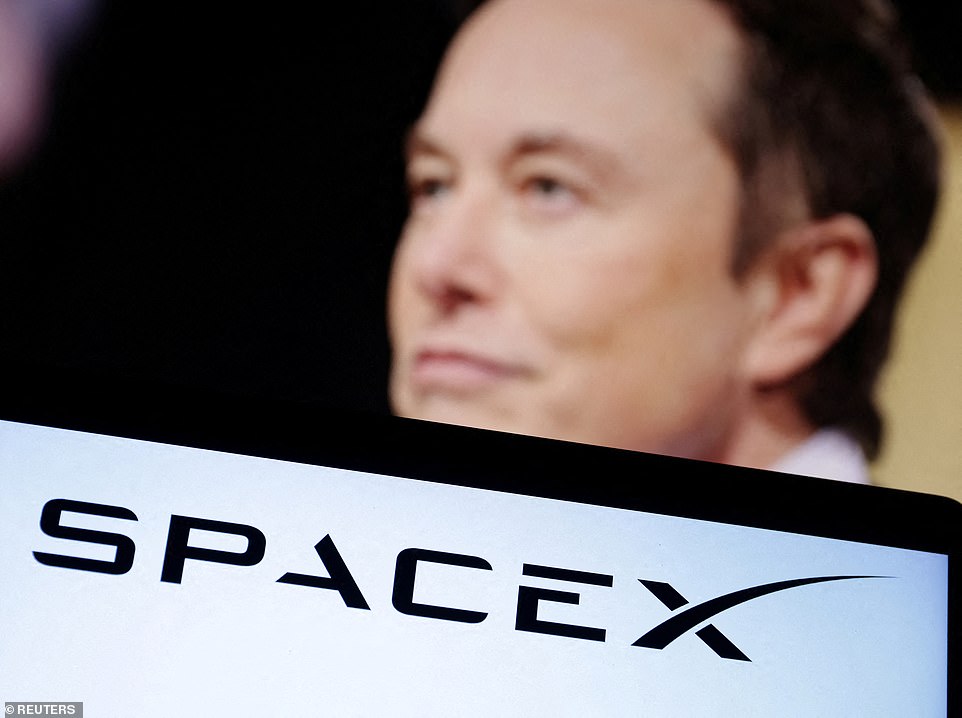
The ISS will continue to move closer to Earth, reaching the 'point of no return' at 175 miles above the surface. And this is where SpaceX's tug vehicle will somehow have to tether itself to the ISS and pull it down towards the planet's atmosphere. It's hoped the vast majority of the two spacecraft will be burnt up by the high temperatures in our atmosphere – but some could pass through it.
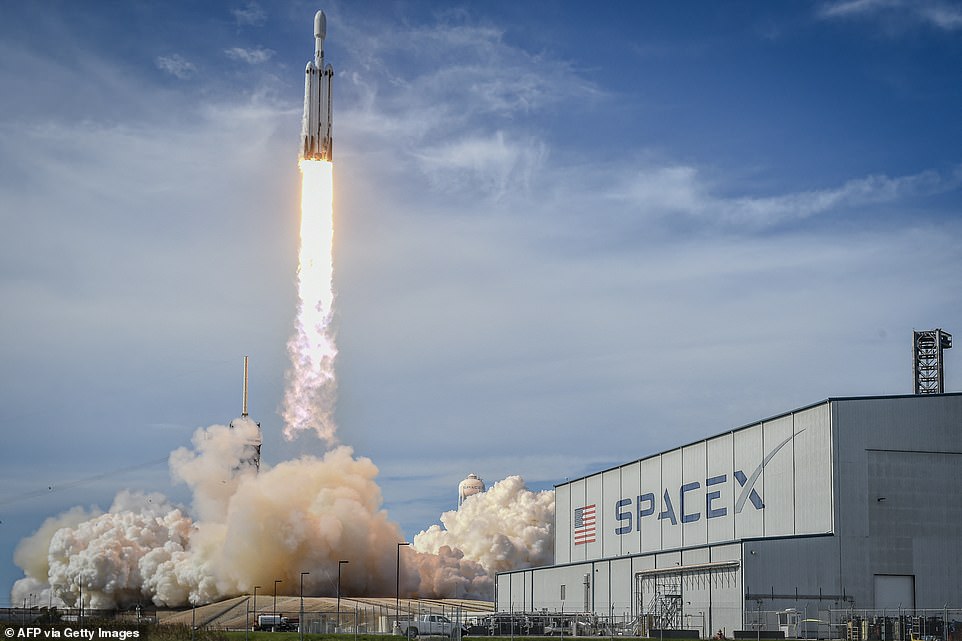
Dr James Blake, a space debris researcher at the University of Warwick, said the mission should ensure this material will hit the ocean rather than land. 'While much of the structure is expected to separate and burn up upon re-entry to the Earth’s atmosphere, some dense or heat-resistant components (such as the truss that forms the backbone of the station) are likely to survive,' Dr Blake told MailOnline. 'However, NASA and partner agencies have opted for a controlled re-entry, which will mean that the re-entry will be targeted so as to ensure that any surviving fragments will splash down in an uninhabited region of the ocean, minimising the risk to people and property on land.'
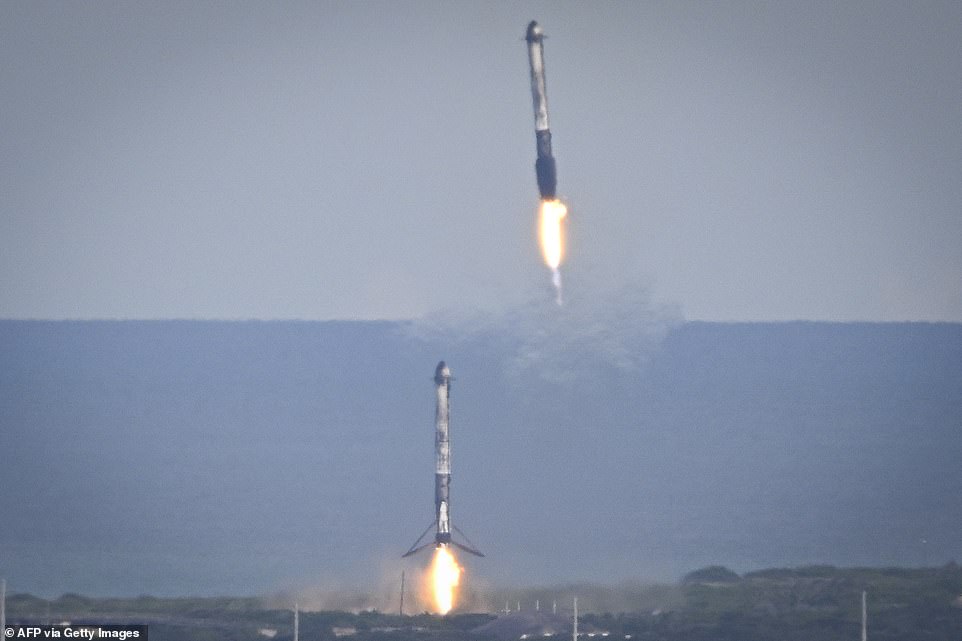
According to the European Space Agency, the annual risk of any single human being even just injured by space debris is under one in 100 billion. That's about 1.5 million times lower than the risk of being killed in an accident at home and 65,000 times lower than the risk of being struck by lightning.
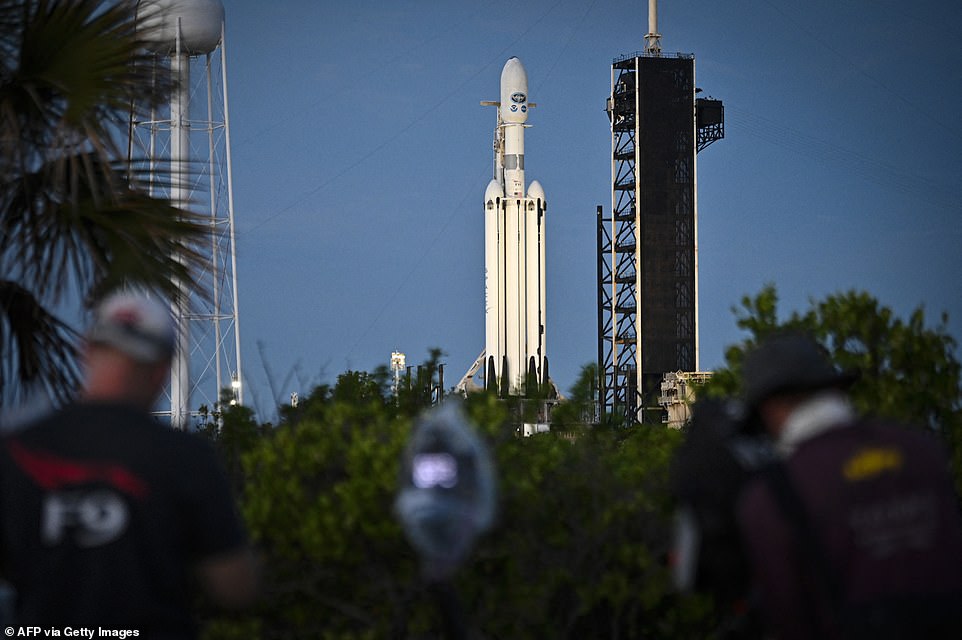
NASA is decommissioning the ISS at the start of next decade due to stresses on the structure that have accumulated over time, as well as ageing components. The agency says: 'International Space Station modules and major components have a specific power, data and structural architecture which may not be compatible with future platforms.'

It follows several leaks of gas and coolant fluid from ISS in the past few years, including one from a mysterious hole allegedly made deliberately. Following calls to bring back the ISS to Earth safely for public display or to reuse parts, NASA called this 'infeasible' and a 'very complex and costly' process.

Want more stories like this from the Daily Mail? Hit the follow button above for more of the news you need.

